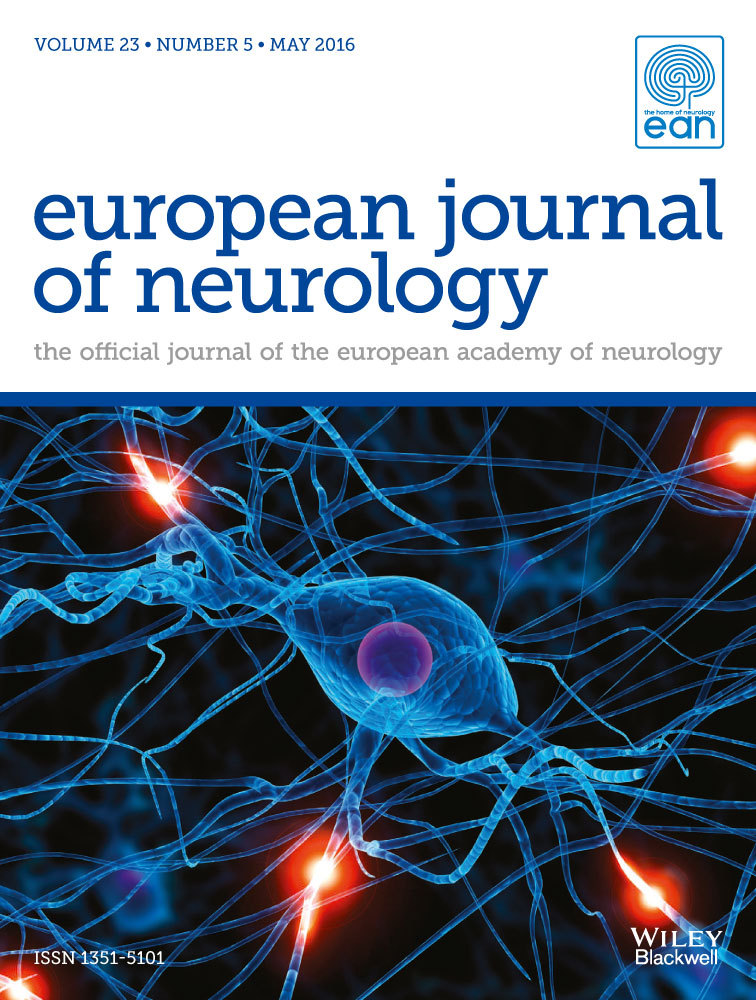Vascular risk factors aggravate cognitive impairment in first-ever young ischaemic stroke patients
Abstract
Background and purpose
Young ischaemic stroke patients often suffer from cognitive impairment after stroke. However, the risk factors of cognitive impairment are still unclear. This study examined the impact of vascular risk factors (VRFs) on cognitive impairment in first-ever young ischaemic stroke patients.
Methods
Subjects were divided into low (0–1 VRF, n = 27), medium (2–3 VRFs, n = 45) and high-risk (≥4 VRFs, n = 12) groups according to their number of VRFs. The following VRFs were collected: hypertension, diabetes mellitus, dyslipidaemia, atrial fibrillation, obesity, smoking, excess alcohol consumption, coronary heart disease and hyperhomocysteinaemia. A battery of cognitive assessments was executed 2 weeks after stroke. Differences of cognitive performances between groups were compared. The correlation between VRFs and cognitive function was investigated with an emphasis on discovering the main VRFs.
Results
Eighty-four patients were enrolled in this study eventually. Compared with the low-risk group, the high-risk group had significantly worse performance in most of the cognitive domains. VRFs had a correlation with general cognition, executive function, attention and verbal fluency. After adjusting the covariates, VRFs showed a linear correlation with global cognitive function (R = 0.640, P = 0.000), verbal fluency (R = 0.372, P = 0.000), delayed memory (R = 0.327, P = 0.002), visual attention (R = 0.290, P = 0.007) and executive function (R = 0.266, P = 0.015). Amongst all the VRFs, hypertension, hyperlipidaemia, smoking and hyperhomocysteinaemia were the main influencing VRFs.
Conclusion
Vascular risk factors aggravate cognitive impairment after young ischaemic stroke. Effective management of VRFs in young adults is urgent and this may reduce the cognitive impairment.




